China's research team has established, for the first time, the anatomical relationship between the large pterosaur footprints in the Wu'erhe Pterosaur fauna of the Junggar Basin in Xinjiang and the skeleton of Dsungaripterus weii, revealing that the trackmakers of these large pterosaur footprints are from the Dsungaripterus weii, according to the Xinjiang Daily on Wednesday. They also proposed a new pterosaur track genus, Pteraichnus junggarensis isp. nov.
The research team is led by Wang Xiaolin from the Institute of Vertebrate Paleontology and Paleoanthropology at the Chinese Academy of Sciences, and their research results were published in the international academic journal Cretaceous Research. In 2021, the team discovered small pterosaur footprint fossils in this area, which, upon examination, were identified as the footprints of the Pterodactylus wuerhoensis, according to the Xinjiang Daily.
The study unveils several significant discoveries. Successfully correlating pterosaur fossils with their footprints within the Wuerho Pterosaur Fauna marks a significant step in deducing trackmakers based on their footprints. This is the first instance of accurately correlating both local skeletal fossils with footprints.
For the first time, the researchers also established a relatively accurate ratio between pterosaur footprints and hip height, providing a basis for inferring locomotion patterns from pterosaur trackways.
Wang said that the discovery of small pterosaur footprints in 2021 and the identification of their trackmakers, along with the inference that the trackmakers of the large pterosaur footprints are Dsungaripterus weii, represents one of only two known cases in the world that link footprints to their associated pterosaur, according to the Xinjiang Daily.
He noted that establishing this connection helps to understand their living environment and ecological habits, such as whether they were social and how they walked. Additionally, it allows for inferences regarding their walking posture, gait and speed, based on the footprints, according to Xinjiang Daily.
Pterosaur footprints are important trace fossils for understanding the ecological habits of pterosaurs, and they are extremely rare worldwide. The earliest pterosaur footprints in China were discovered in 2004, with subsequent finds in various locations across the country. However, overall, aside from the Junggar Basin in Xinjiang, the number of reported pterosaur footprints in other regions is relatively small, and their preservation state is generally poor.
The paleontological research in the Wuerho region began in the 1960s. In 1964, Academician Yang Zhongjian of the Chinese Academy of Sciences identified the fossils discovered in the Early Cretaceous Tuheyule Formation as a type of pterosaur and named them Dsungaripterus weii, making it the earliest named pterosaur fossil in China.

























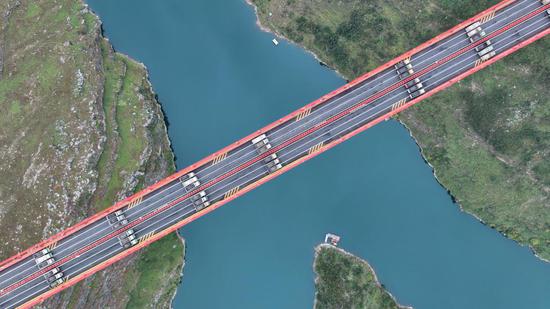




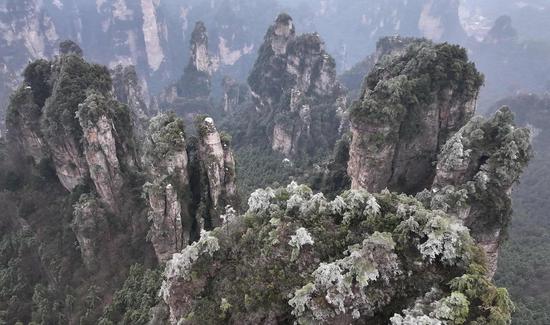


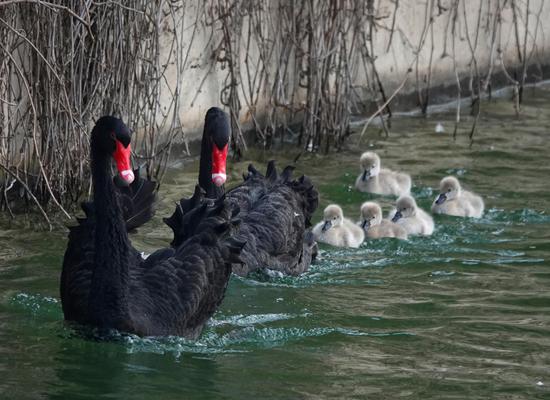
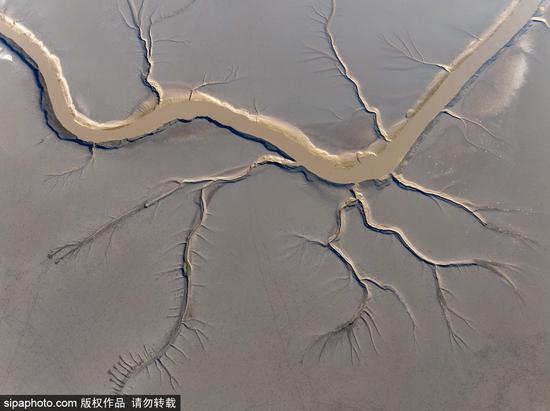

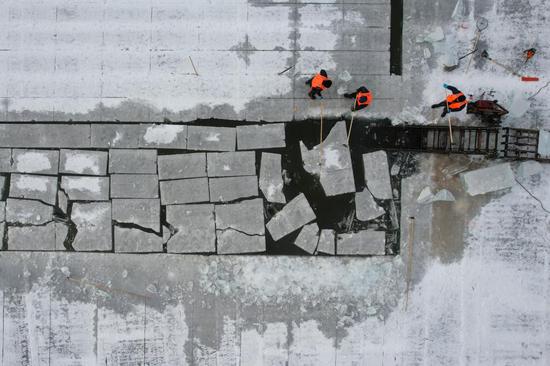

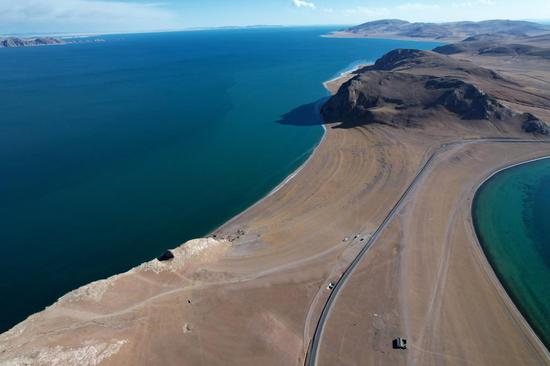











 京公網安備 11010202009201號
京公網安備 11010202009201號